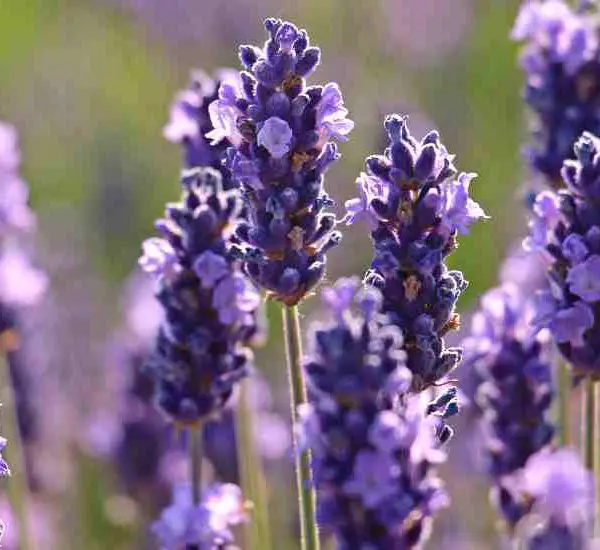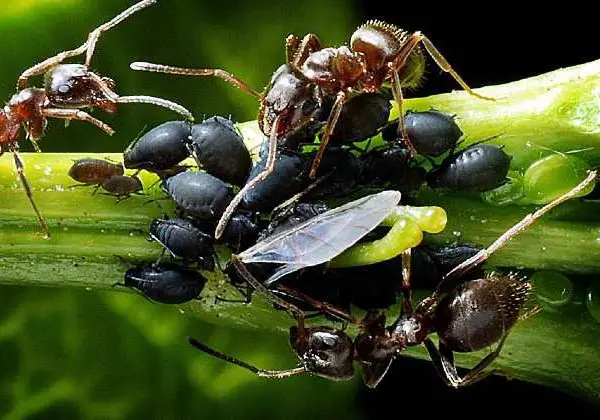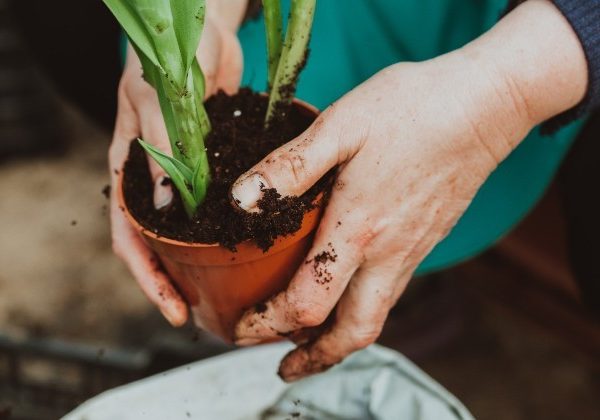Using eggshells to grow seedlings offers several advantages, making it a smart and eco-friendly choice for gardeners. Here’s an in-depth look at the benefits and the process:
Benefits of Using Eggshells
- Nutrient-Rich:
- Calcium: Eggshells are an excellent source of calcium, which helps strengthen plant cell walls and promotes healthy root development. This nutrient is crucial for preventing issues like blossom-end rot in plants like tomatoes.
- Other Nutrients: Besides calcium, eggshells contain trace amounts of nitrogen, phosphorus, and potassium, which support overall plant growth.
- Cost-Effective:
- Free Resource: Eggshells are a byproduct of your kitchen, making them a zero-cost alternative to purchasing seed trays or pots.
- Reduces Waste: Utilizing eggshells reduces kitchen waste and decreases the need for single-use plastic or non-biodegradable seed-starting containers.
- Environmentally Friendly:
- Recycling: This method helps recycle organic waste, reducing your environmental footprint.
- Less Plastic Use: By opting for eggshells, you avoid contributing to plastic waste typically associated with traditional seed-starting containers.
How to Grow Seedlings in Eggshells
- Prepare the Eggshells:
- Clean: Rinse the eggshells thoroughly to remove any remaining egg residue. This prevents attracting pests and keeps the planting environment sanitary.
- Boil: Boil the eggshells for a few minutes to sanitize them and remove proteins that could encourage pest problems.
- Dry: Allow the eggshells to dry completely. This step is crucial to prevent mold and ensure the shells are ready for planting.
- Prepare the Eggshells for Planting:
- Make Drainage Holes: Gently create a small drainage hole in the bottom of each eggshell half. This prevents water from pooling and helps avoid seed rot.
- Fill with Soil: Add a small amount of seed-starting mix or potting soil to each eggshell. Lightly press down the soil to remove large air pockets and ensure good seed-to-soil contact.
- Sow the Seeds:
- Plant Seeds: Place 1-2 seeds in each eggshell, following the recommended planting depth for each seed type. Generally, planting seeds at a depth of twice their size works well.
- Cover Seeds: Lightly cover the seeds with a thin layer of soil and moisten with a fine spray of water to keep the soil consistently damp.
- Care for Seedlings:
- Place in a Tray: Arrange the eggshells in an egg carton or shallow tray to support them and make watering easier.
- Light and Temperature: Position the tray in a warm, sunny spot or under grow lights. Most seeds need warmth and adequate light for germination.
- Watering: Keep the soil moist but not soggy. Use a spray bottle for gentle watering to avoid disturbing the seeds. Check daily and add water as needed.
- Transplanting Seedlings:
- Crush the Shells: When seedlings are ready for transplanting (with a couple of true leaves), gently crush the eggshells. This allows roots to penetrate the soil more easily.
- Planting: Transplant the seedlings directly into the garden or larger pots, including the eggshells. The shells will decompose, enriching the soil with calcium and other nutrients over time.
Additional Tips
- Labeling: Label each eggshell with the type of seed planted to keep track of your seedlings, especially if growing multiple varieties.
- Pest Control: Crushed eggshells can deter pests like slugs and snails when sprinkled around plants as a barrier or soil additive.
This method is particularly effective for fast-growing seedlings such as tomatoes, peppers, and herbs, which are usually ready for transplanting within a few weeks. For longer-growing plants, starting seeds in larger containers might be more practical.
By integrating eggshells into your gardening practices, you support sustainability while giving your seedlings a strong start.
Show Comments



